Different Types of Whisky Casks Available for Producers
let’s begin
As all avid Whisky drinkers will know, the types of whisky casks is one of, if not the, most important aspect of Whisky maturation.
In Scotland, types of whisky casks must be made from Oak wood, which is strong yet porous, allowing the liquid to seep into the wood while not weakening it. American oak is favoured as it is stronger, but European wood is also very popular.
In Japan, it is not uncommon for Whiskies to be finished in Japanese oak casks, which give the Whisky a floral aroma, but are not often used as they can be quite weak.
The cask is where the liquid gets around 70% of its flavour and a lot of its colour. And for Whiskies that are uncoloured, all of its colour is gained from the cask since new make spirit is clear.
The size of the cask is very important, as the smaller the cask the quicker the maturation and the more interaction that goes on between the liquid and the wood.

But this does not necessarily mean that a smaller casks is more desirable. Larger casks mean that the liquid can spend a lot of time soaking up the flavours, which in turn makes it smoother.
There are no real regulations for cask sizes, but the vary from a 50 litre Bloodtub up to around a 650 litre Madeira Drum. Some of the most common casks used are a Standard Hogshead at 238 litres, a Butt at 500 litres, a Quarter Cask at 125 litres and a Bourbon Barrel at 200 litres.
These casks will more often than not, have held a previous liquid.
These are most usually Bourbon or Sherry casks, since these have a flavour profile that fits well with most Whiskies.
The sharing of flavours goes both ways, with the wood influencing the liquid and vice versa. The flavours left behind by the liquids will therefore influence the end product of the Whisky.
Sherries tend to leave spicy and fruity notes, but there are several different types of sherry, including Oloroso, Amontillado, Fino, Pedro Ximenez, Manzanilla and Palo Cortado.
Each of these has a different flavour profile and will effect the whisky differently. They also vary in colour, which will make the Whisky vary in colour.
Bourbon on the other hand has a distinctly sweeter and more vanilla flavour to it and gives the Whisky a golden colour.
Other liquids previously held in Whisky casks include Port and Madeira Wine. Some distillers will also use Rum and Marsala Winecasks, but Bourbon and Sherry are the most common.
As well as having held different spirits before, casks are also charred to a certain depth. This is controlled by the amount of time you burn the surface for.
The lowest level of char is called toasting, and this is when the cask is lightly blackened, with a smooth surface.
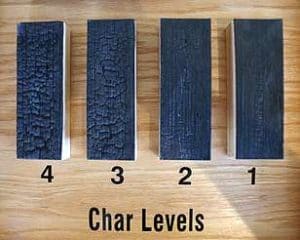
There are four levels of char altogether, with the last being known as alligator char, on account of the wood’s cracked appearance, mimicking the skin of an alligator. The lengths of time increase from 15, 30, 35 and finally 55 seconds.
The burning of the wood encourages interaction between the Whisky and various elements in the wood known as tannins.
The deeper the crack, the larger the surface area over which the Whisky has to interact with tannins, which give it a sweet, vanilla flavour. It just so happens, that most Bourbon barrels have the highest level of char, giving them lots of sweet and smoky flavours.
Once a cask has gone through the maturation process it can be reused again. Bourbon is always matured in brand new casks, but for Scotch and other Whiskies, the casks could be used over several times.
The concentration of the flavours decreases with every refill, so each time the Whisky will come out with a different variation of flavour.



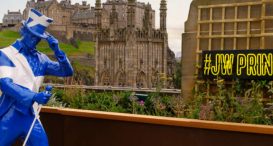
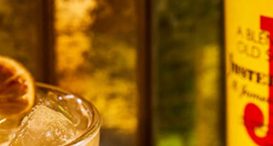
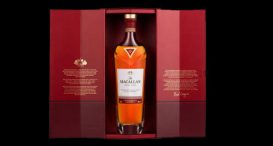



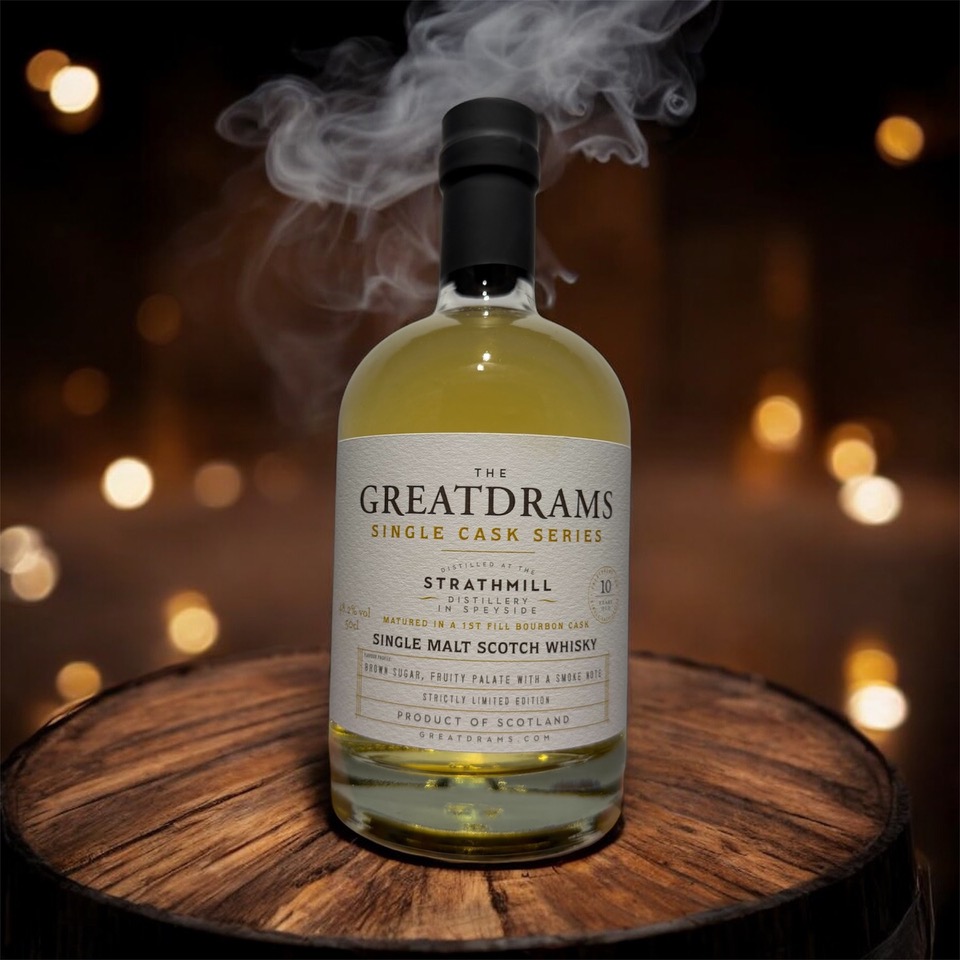



1 thought on “Different Types of Whisky Casks Available for Producers”